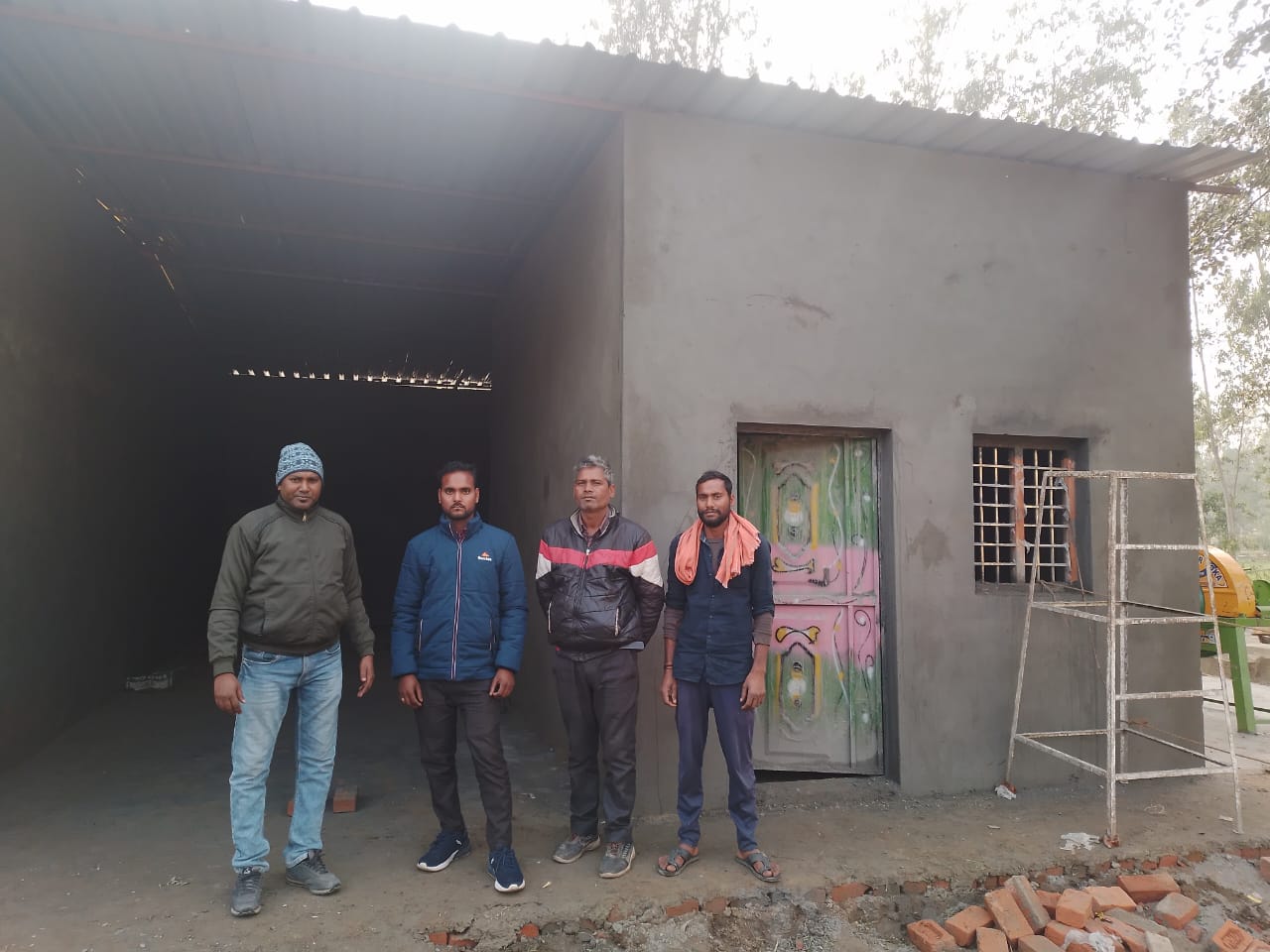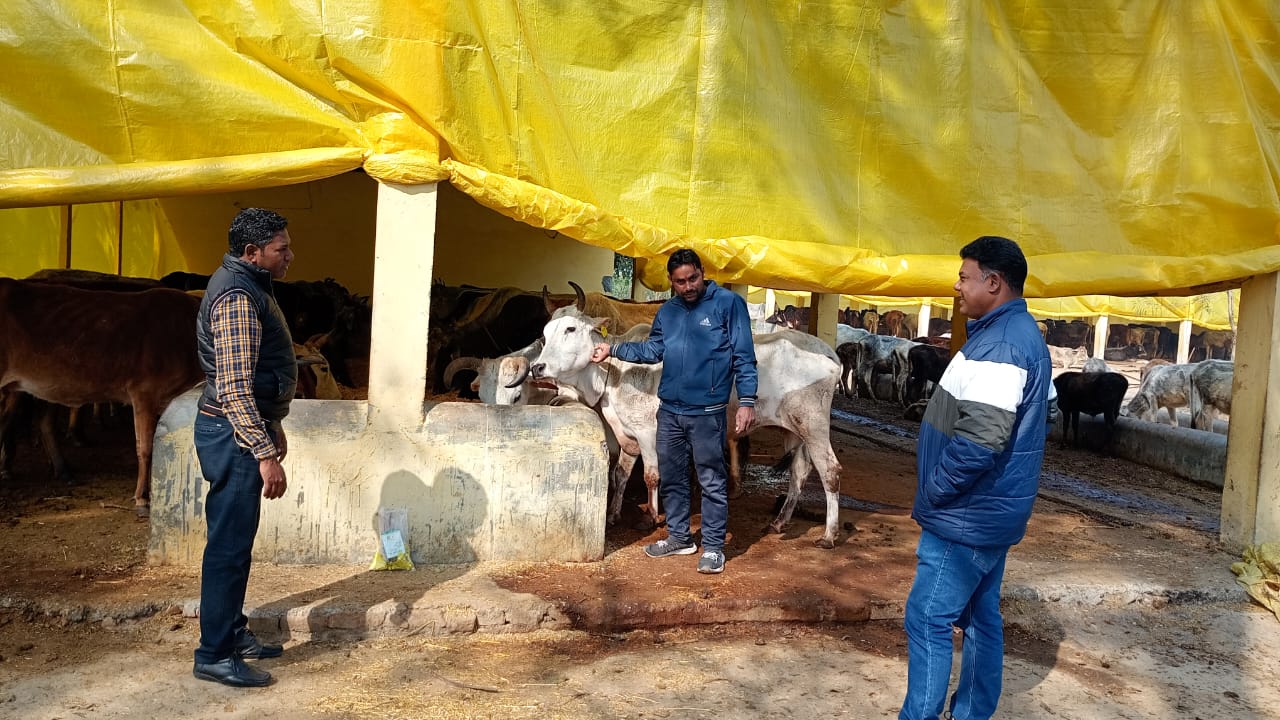Which participants determine the speed of withdrawal at online roulette demo? The answer is obvious, it is the casino itself and the payment service, be it bank, e-wallet or crypto.
How Harkrishnapur’s Gaushala transformed Challenges into Opportunities
Harkrishnapur, a small village in Pilibhit, Uttar Pradesh, long suffered the scourge of stray cattle, with farmers watching powerlessly as their fields became grazing grounds for abandoned cows and bulls. “Because of the stray animals, especially cows and bulls, we have been unable to make any progress in agriculture,” lamented Munni Devi, echoing the frustration of her fellow villagers. The problem cut deep, affecting not just crop yields but also safety and livelihoods. Santosh Kumar, a local farmer, painted a stark picture: “It has become nearly impossible to save our crops. The animals eat everything, leaving us with nothing.”
The situation was particularly dire for marginal farmers, many of whom relied on a precarious mix of small-scale agriculture and irregular daily wage labor. With crops routinely destroyed and personal safety at risk, the community teetered on the brink of despair. Baburam, another farmer, highlighted the danger posed by these animals, explaining, “Many of them are violent and even attack people. Farmers who stay up at night to protect their fields often end up injured.”
Enter the Saksham program, a catalyst for change that would rewrite Harkrishnapur’s story. By educating villagers on good governance and the power of collective action, Saksham planted the seeds of transformation. A 10-member community group emerged, determined to tackle the village’s most pressing issues head-on. Through the initiative, villagers learned how to resolve local problems effectively using the Panchayat system, a knowledge that would prove crucial in the coming months.
On February 9, 2023, this group convened a watershed meeting. The solution they proposed was both ancient and revolutionary: a Gaushala (cattle shelter), built on Panchayat land. This wasn’t just about protecting crops; it was a holistic approach to community welfare, animal care, and job creation. With unwavering determination, the community rallied behind the project. A female member of the Kisan group drafted the proposal, submitting it to Gram Pradhan Mrs. Reshmawati Devi. Their persistence paid off, and construction began in November 2023.
By February 2024, Harkrishnapur’s landscape had changed dramatically. The newly completed Gaushala now stands as a testament to community resolve, housing up to 250 cows and providing employment to six local residents. For the village’s 390 households, it represents more than just a building—it’s a symbol of hope and the power of unity.
Santosh Kumar, once despondent, now beams with pride: “Seeing the Gaushala built before my eyes and witnessing the positive changes in our village through collective community efforts fills me with pride. This success has taught me the true power of unity. Now, I understand the significance of the Panchayat and how the system works for the welfare of all.”
Harkrishnapur’s journey from crisis to innovation offers valuable lessons for rural development. By empowering the community with knowledge of governance and collective action, Saksham enabled villagers to become architects of their own solutions. The Gaushala project demonstrates the effectiveness of holistic problem-solving, addressing multiple issues simultaneously—crop protection, animal welfare, and employment generation. The community’s unwavering persistence, from proposal to completion, ensured the project’s success, while the utilization of Panchayat land showcases the importance of leveraging existing resources.
Perhaps most significantly, this initiative has transformed perceptions within the village. Stray cattle, once seen as destroyers, are now viewed as community assets deserving care and protection. As India grapples with the widespread challenge of stray cattle, Harkrishnapur’s story shines as an example of hope. It proves that with the right support, education, and collective will, even the most entrenched problems can become opportunities for community growth and empowerment.
The village’s transformation serves as a powerful reminder: when communities unite, innovative solutions emerge, turning adversities into stepping stones for progress. Harkrishnapur’s Gaushala stands not just as a shelter for cattle, but as a monument to the indomitable spirit of rural India, offering a model that could inspire similar transformations across the country.
Copyright Caritas India 2013 ! Developed by Neural Info Solutions Pvt. Ltd.
















































